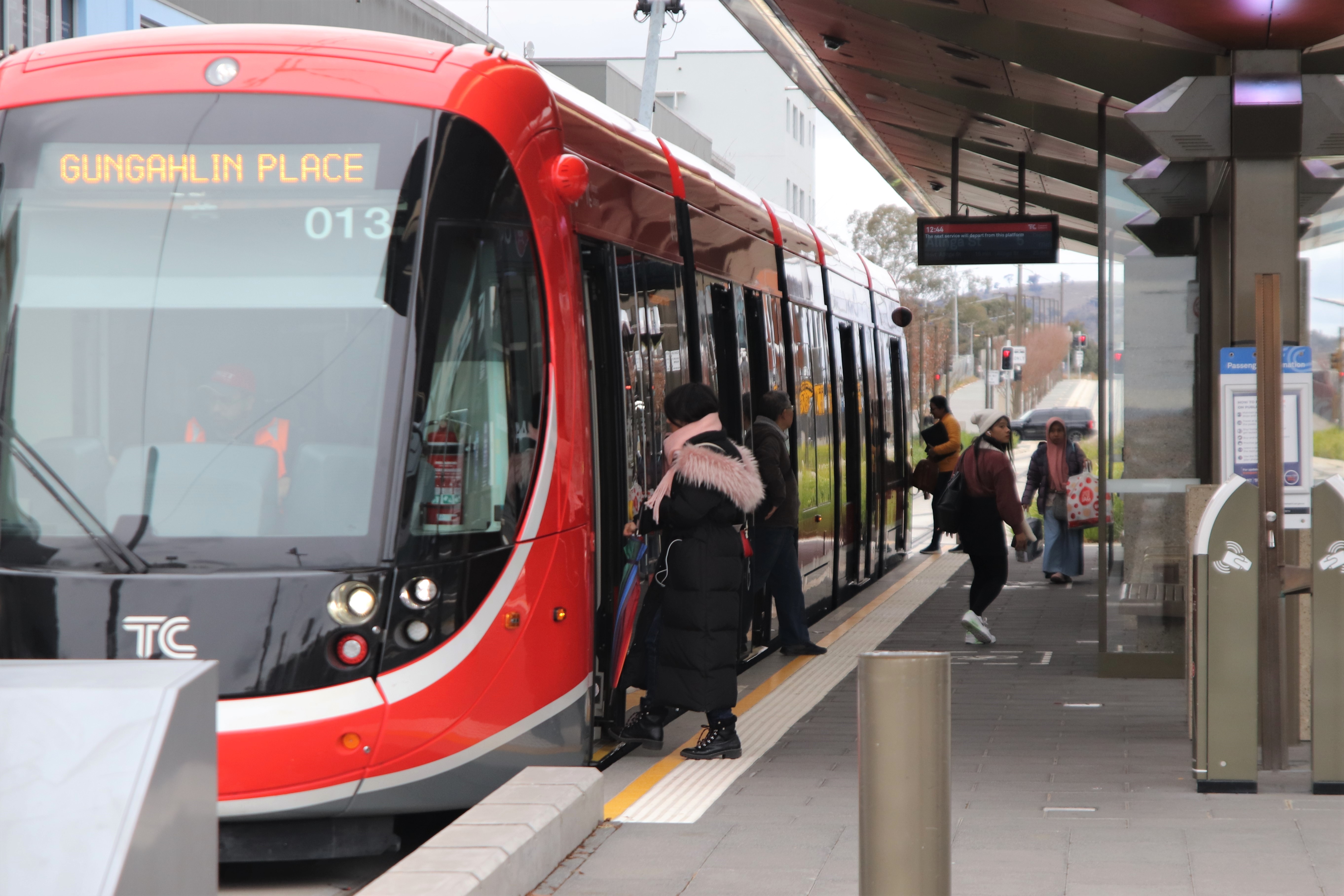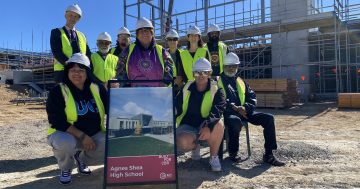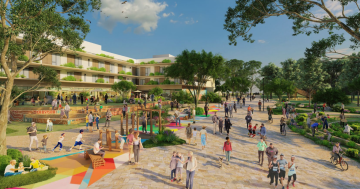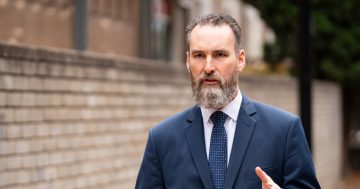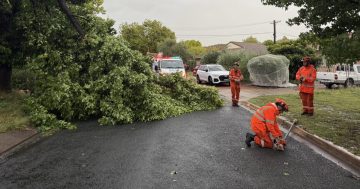With a population of 10,486, Ngunnawal is one of the Gungahlin region’s largest suburbs and it increased by roughly 17% between 2011 and the latest Census in 2016.
It is relatively well off, relatively young and a place for families, many of whom are paying off their own home. Here’s an insight into how Ngunnawal has changed in recent years.
Who lives in Ngunnawal
Around one seventh of the entire Gungahlin region calls Ngunnawal home, and it’s a population that’s increased rapidly in recent years. In 2011 Ngunnawal had a resident population of 8981 but that rose to 10,486 in 2016, and over 550 residences were built in that time.
Residents here are slightly younger than the ACT and national norms. The median age is 31 (four years younger than the Territory statistic and seven years younger than the national norm).
The greatest proportion of residents (10.7%) are aged between 30 and 34. A further 22.9% of the population is younger than 15, while those aged over 65 make up 7.3% of the population.
Of those aged 15 and above, 48.5% are married, a further 37.4% have never been married, 11.8% are either separated or divorced, and 2.2% are widowed.
Around three quarters (74.4%) live in family households, 22.4% live alone, and 3.2% live in share accommodation.
By far, the majority of those family households (50.8%) comprise couples with children and they have an average of 1.8 children residing in their home. A further 31.9% are couples without children, and 16.1% are single parent homes.
How Ngunnawal fares financially
With a median weekly household income of $1940, Ngunnawal residents sit between the national norm of $1438 and the median ACT statistic of $2070. But this figure is more than they earned five years prior in 2011 when the median income for Ngunnawal was $1795.
More households now also gross in excess of $3000 each week. In 2011, just 16.7% earned $3000 or more but by 2016, 19.7% were reporting a gross income of at least $3000 weekly.
They’re also now paying less on housing expenses like mortgage and rent. In 2011, Ngunnawal residents forked out a median of $2039, over $200 more than the national figure and about $130 less than the Territory statistic.
By 2016 this had dropped slightly to $1950 each month on their mortgage, meaning they still paid $200 more than the national figure, and $100 less than the Territory statistic.
Rents also decreased just a little, dropping from $390 in 2011 ($10 above the Territory figure at the time, and $105 above the national median) to $380 in 2016 (right on the Territory statistic and only $45 more than the national median).
How Ngunnawal residents live
Housing in Ngunnawal in many ways reflects the Australian norm. Most houses are stand alone and the majority are three-bedroom homes. Meanwhile home ownership is a priority.
The 2016 Census showed exactly two thirds of the housing is separate, while 33.2% is semi-detached homes. This indicates a preference for the construction of townhouses in recent years, with the housing stock in 2011 showing 72.7% of properties were separate, and only 26.6% were semi-detached.
Meanwhile, the majority (64.9%) are three-bedroom homes. A further 23.5% are four bedrooms or more, 9.6% are two bedrooms and only 0.5% are one-bedroom abodes.
In terms of tenure, 50.8% of households pay a mortgage, 28.6% rent and 18.6% own their home outright. This reflects little change from 2011 when 49.3% of residents paid a mortgage, 30.9% rented, and 18.2% owned their own home outright.
Where Ngunnawal residents come from
The clear majority of Ngunnawal residents (70.1%) were born in Australia, with the most common other countries of birth being India (3.0%), England (2.1%), China (2.1%), Vietnam (1.3%) and Sri Lanka (1.1%). This reflected only a marginal change on 2011 when 73% of residents recorded Australia as their country of birth.
It means for many (70.9%), English is the only language spoken at home. Other languages include Mandarin (2.3%), Vietnamese (1.6%), Hindi (1.3%), Urdu (1.3%) and Spanish (1.1%).
The final word
Ngunnawal may have increased in size significantly between 2011 and 2016, but its demographic and population profile actually altered little. It remains a comparatively well-off suburb that is young, family-oriented and actively working to own their own slice of the Australian dream.



